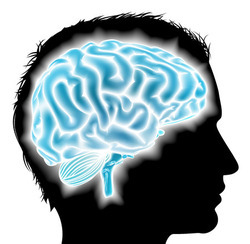In World War II, soldiers on both sides were given speed tablets to keep them awake and alert in the field of battle. Despite what scientists now know about amphetamines and their negative side effects, some soldiers today are popping pills to fend of fatigue.
Pilots in the United States Air Force, for example, are given dextroamphetamine and Modafinil when they don’t have the opportunity to get a good night's rest and are faces with an important mission. In 1992 the Air Force ended its policy of providing stimulants, but that policy was changed after the bombing of Afghanistan began.
The U.S. Drug Enforcement Agency (DEA) has even noted a few snags in the plan, including addiction, aggression, anxiety, hallucinations and paranoia, to name a few. For side effects such as insomnia, the military provides “no-go” pills that include the sleep aid temazepam to take after the “go” pills. Instead of dropping the pharmaceutical aids all together, it appears as though the working consensus is to keep tweaking the drugs and doses until the perfect combination is found.
Still, the military hasn’t quite yet worked out how to keep the psychological problems soldiers often acquire at bay. With more and more soldiers getting diagnosed with Post Traumatic Stress Disorder (PTSD), political propositions like the Psychological Kevlar Act have been popping up, which would enable the Secretary of Defense to put “preventive and early-intervention measures” into effect to protect soldiers from “stress-related psychopathologies”.
Suggested drugs that the Psychological Kevlar Act could employ include beta-blockers like propranolol. Informally known as the “mourning after pill”, it is cheap, readily available and well tolerated when ingested. Taken immediately after a particularly harrowing event, it has been shown to suppress the physiological process that makes bad memories.
Experiment with modafinil in rat brain simulation of PTSD
Modafinil as a Stimulant for Military Aviators.
Different Kind of Stimulant
